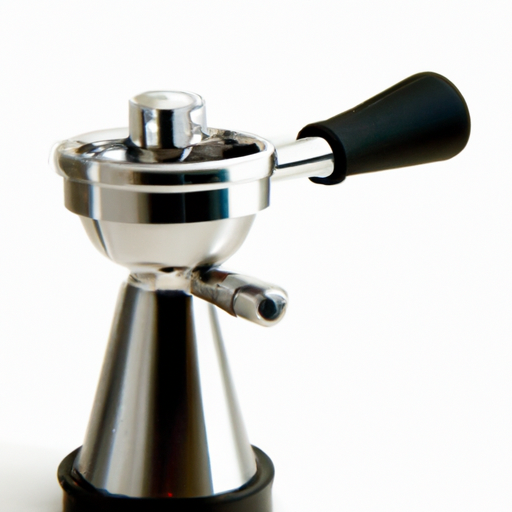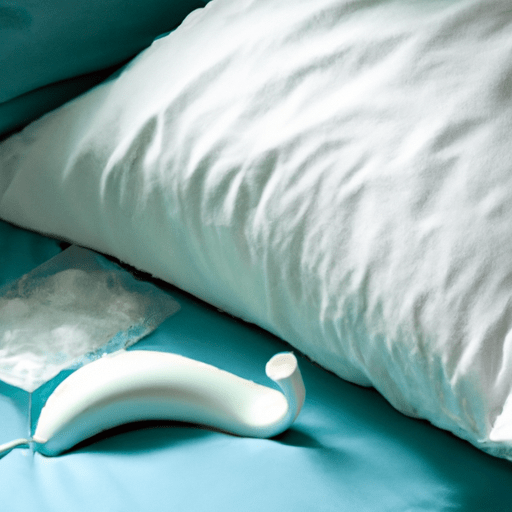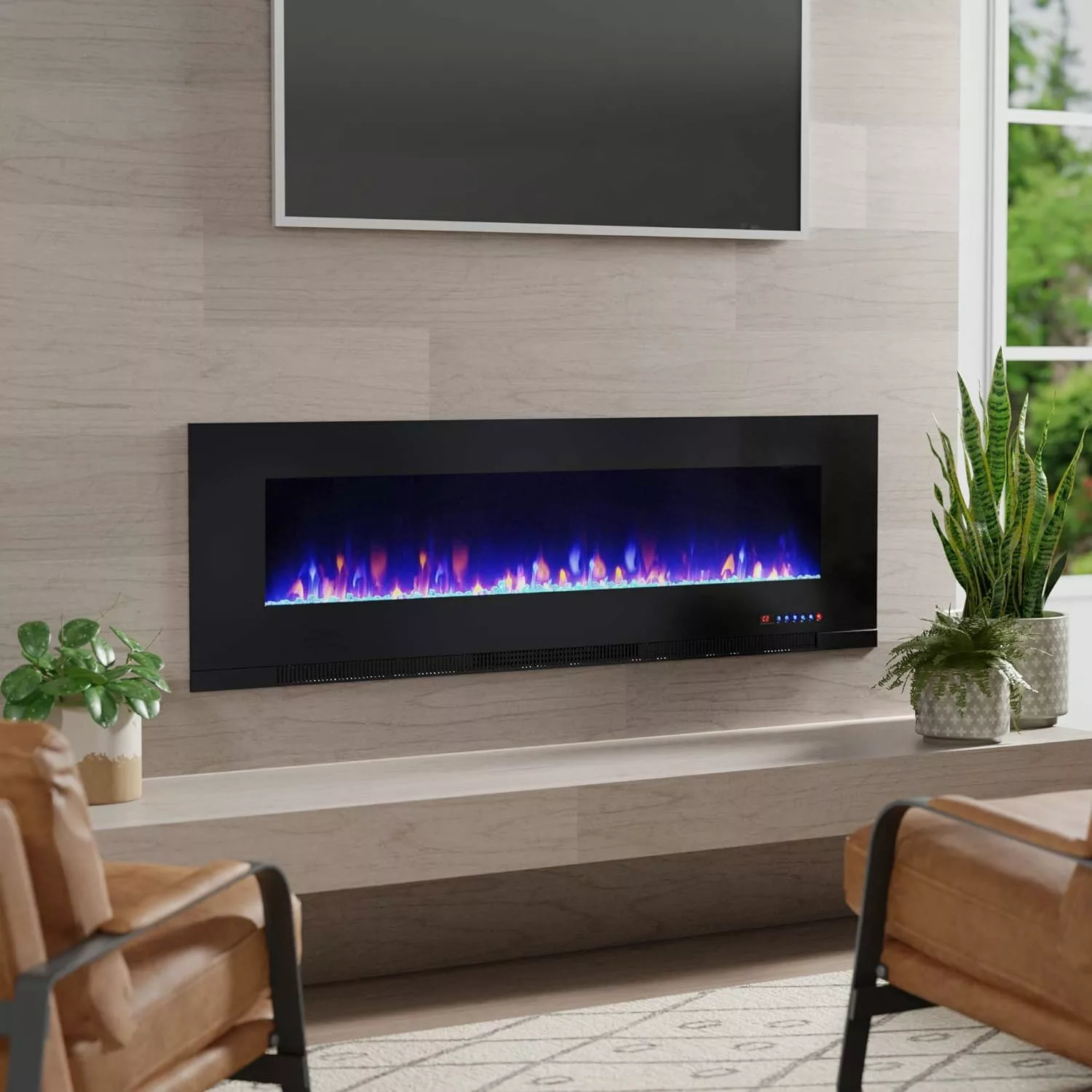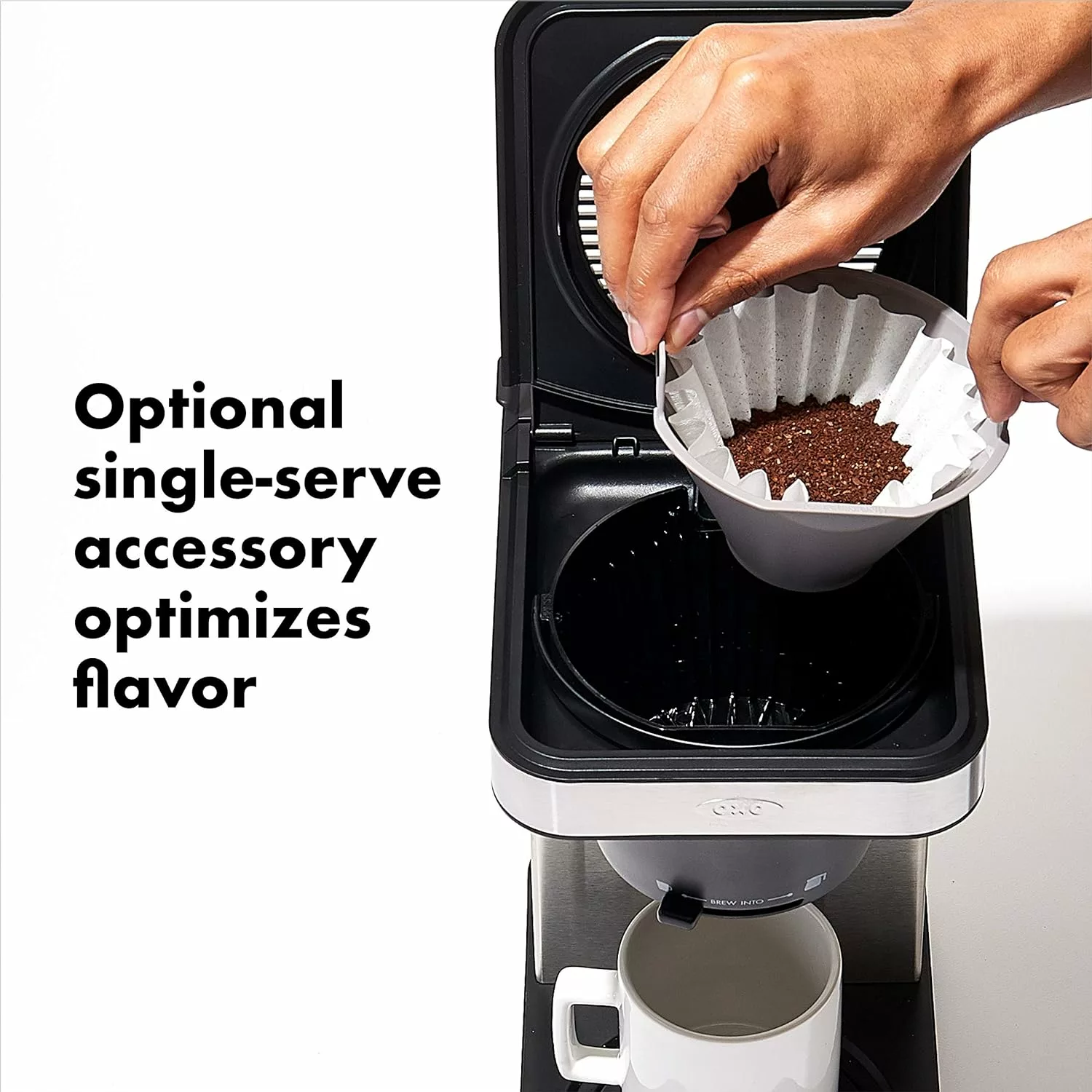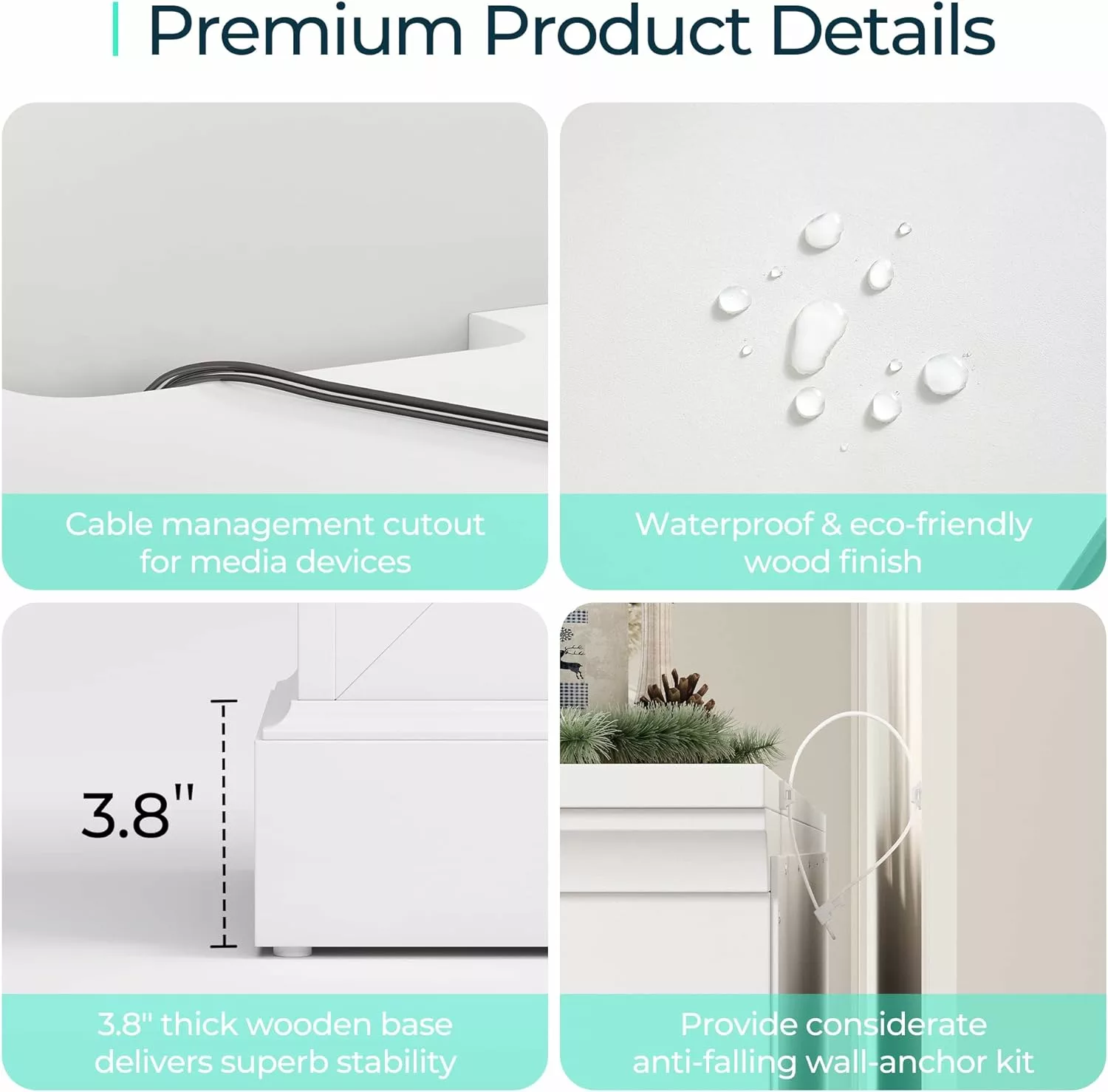Are you a coffee lover seeking the perfect brew? Look no further! In this article, we will guide you on how to brew 12 cups of coffee with ground coffee, ensuring a rich and flavorful experience. Discover the precise measurements and brewing techniques that will leave you with a delicious pot of java to satisfy your caffeine cravings. Say goodbye to guesswork and hello to the perfect cup of coffee every time. Let’s get started!

Choosing the Right Coffee
Consider the Roast Level
When it comes to choosing the right coffee, one of the first things to consider is the roast level. You have options like light, medium, and dark roast. Each roast level offers a unique flavor profile, so it’s important to choose one that aligns with your taste preferences. Light roast coffee tends to have a lighter body and brighter acidity, while dark roast coffee is bolder and has a more pronounced smoky flavor.
Selecting Whole Bean or Pre-Ground Coffee
Another factor to consider is whether you prefer whole bean or pre-ground coffee. Whole bean coffee offers the advantage of freshness since it retains its flavors and aromas until it’s ground. On the other hand, pre-ground coffee provides convenience, as it saves you the trouble of grinding the beans yourself. Ultimately, it boils down to personal preference and the amount of effort you’re willing to put into your coffee-making process.
Determining the Bean Origin
The origin of the coffee beans also plays a significant role in the overall taste and quality of your coffee. Beans sourced from different regions around the world have distinct flavors and characteristics. For example, you may prefer the fruity and bright flavors of African beans, or the chocolatey and nutty notes of South American beans. Exploring different bean origins allows you to discover the flavors that appeal to your palate the most.
Grinding the Coffee
Calculating the Amount of Coffee Needed
To brew 12 cups of coffee, you’ll need to determine the right amount of ground coffee. A good rule of thumb is to use approximately 1 to 2 tablespoons of ground coffee per 6-ounce cup. So for 12 cups, you would need around 24 tablespoons or 1.5 cups of ground coffee. Adjust the amount based on your personal taste preferences, as some may prefer a stronger or milder brew.
Using a Burr Grinder
Investing in a quality burr grinder is highly recommended for achieving consistent and even coffee grounds. Unlike blade grinders, burr grinders crush the beans between two burrs, resulting in a more uniform grind. This evenness ensures that all the coffee particles extract at the same rate during brewing, ultimately resulting in a better-tasting cup of coffee.
Controlling the Grind Size
The grind size of your coffee grounds plays a crucial role in determining the extraction and overall taste of your coffee. Different brewing methods require different grind sizes. For a standard drip coffee maker, aim for a medium grind, resembling sand. If your coffee is too finely ground, it can cause over-extraction and result in bitter flavors. On the other hand, a coarse grind may lead to under-extraction and weaker flavors. Finding the right grind size for your brewing method is essential for a delicious cup of coffee.
Measuring and Water Ratio
Determining the Coffee-to-Water Ratio
Achieving the perfect coffee-to-water ratio is key to brewing a delicious and well-balanced pot of coffee. The generally accepted ratio is around 1 to 2 tablespoons of ground coffee per 6-ounce cup of water. For 12 cups of coffee, you should use approximately 24 tablespoons or 1.5 cups of ground coffee. Adjust the amount to suit your taste preferences – if you prefer a stronger brew, you can increase the amount of coffee, and vice versa.
Using Standard Measuring Cups
Accurate measurement is crucial when it comes to brewing coffee. To ensure consistency, use standard measuring cups to measure both the ground coffee and the water. Eyeballing the measurements can lead to inconsistency in taste, and you may end up with a weaker or stronger cup of coffee than desired. Taking the time to measure accurately will result in a more predictable and enjoyable brew.
Understanding the Golden Cup Standard
The Specialty Coffee Association (SCA) has established the Golden Cup Standard, which sets parameters for the ideal coffee brewing conditions. This standard includes factors such as water temperature, brew time, and coffee strength. By following the Golden Cup Standard, you can aim to achieve the perfect balance of flavor, aroma, and body in your cup of coffee. Adhering to these guidelines can elevate your coffee brewing experience and ensure consistently great results.
Preparing the Coffee Maker
Cleaning the Coffee Maker
Before starting the brewing process, it’s essential to clean your coffee maker to ensure optimal performance and taste. Follow the manufacturer’s instructions for cleaning, which may include using vinegar or specialized cleaning solutions. Regular cleaning prevents any buildup of coffee oils and residue, which can affect the flavor of your brew and the lifespan of your machine.
Preparing the Filter
Properly preparing the coffee filter is an often overlooked step that can make a noticeable difference in the quality of your coffee. Ensure that the filter is clean and properly placed in the filter basket to avoid any water bypassing the coffee grounds. If using a paper filter, rinse it with hot water before adding the coffee to remove any residual paper taste. Taking these precautions will contribute to a smoother and more flavorful cup of coffee.
Placing the Coffee Maker on a Stable Surface
To avoid any accidents or spillage during the brewing process, it’s important to place your coffee maker on a stable and level surface. This ensures that the machine remains steady and reduces the chances of any mishaps. Additionally, make sure that the coffee maker is not placed near any flammable items or surfaces to minimize any potential safety hazards.

Adding Water
Determining the Required Amount of Water
The next step in brewing your perfect pot of coffee is adding the right amount of water to the coffee maker. For 12 cups of coffee, you’ll typically need 72 ounces or around 2.13 liters of water. It’s important to follow the manufacturer’s guidelines for your specific coffee maker model, as some may have different water capacity specifications. Using the correct amount of water ensures that your coffee will have the intended strength and flavors.
Using Fresh and Clean Water
The quality of water used for brewing coffee can significantly impact the taste. It’s crucial to use fresh and clean water from a reliable source. Avoid using distilled or softened water, as they may result in a flat or dull-tasting cup of coffee. Filtered water is often the best choice, as it removes any impurities that can affect the flavor. Using high-quality water will allow the flavors in the coffee grounds to shine through, resulting in a more enjoyable cup of coffee.
Filling the Coffee Maker’s Water Reservoir
Once you’ve determined the right amount of water, carefully pour it into the coffee maker’s water reservoir. Follow the manufacturer’s instructions, as some models may have specific guidelines for filling the reservoir. Take care not to overfill or underfill the reservoir, as it can affect the brewing process and the final taste of your coffee. A properly filled water reservoir is essential for a well-extracted and flavorful cup of coffee.
Adding Ground Coffee
Measuring the Desired Amount of Ground Coffee
Now that you have your measured amount of ground coffee, it’s time to add it to the coffee maker. Use a spoon or coffee scoop to transfer the desired amount of ground coffee into the prepared filter. Carefully level the grounds in the filter to ensure even extraction. Avoid compacting the coffee grounds too tightly, as it can slow down the brewing process and result in a weaker cup of coffee.
Adding the Coffee to the Filter
Once you’ve measured the desired amount of ground coffee, gently pour it into the prepared filter. Take care not to spill any coffee grounds outside of the filter to avoid any messy cleanup. Slowly and evenly pouring the coffee grounds into the filter allows for a more consistent extraction and ensures that all grounds are fully saturated during brewing.
Distributing the Grounds Evenly
To ensure even extraction and consistent flavor throughout your pot of coffee, it’s important to distribute the grounds evenly in the filter. Use a spoon or small spatula to gently spread the grounds across the entire surface of the filter. This step helps to ensure that all the coffee grounds are exposed to the water evenly, resulting in a well-balanced and flavorful brew.

Brewing Process
Setting Up the Coffee Maker
With the water and coffee in place, it’s time to set up your coffee maker for brewing. Follow the instructions provided by the manufacturer to select the desired brewing settings, such as brew strength or brewing time. Make sure to close any lids or doors securely and double-check that everything is properly in place. Preparing the coffee maker correctly sets the stage for a successful brewing process.
Starting the Brewing Process
Once everything is set up, it’s time to start the brewing process. Press the appropriate button or switch to initiate the brewing cycle. Most coffee makers have an indicator light or display that shows the brewing progress. It’s exciting to watch as the water transforms into a rich, aromatic pot of coffee. Be patient as the coffee maker goes through its brewing cycle, ensuring that all the flavors and aromas are fully extracted.
Ensuring Proper Extraction Time
The brewing time will vary depending on your coffee maker’s specifications and the desired strength of your coffee. It’s important to allow the proper extraction time for the best flavor. Typically, the brewing process takes around 4 to 7 minutes for a full pot of coffee. Avoid rushing the process by interrupting or stopping the brewing prematurely, as it can result in an under-extracted and weak cup of coffee.
Monitoring the Brew
Observing the Drip Rate
While your coffee brews, it’s beneficial to monitor the drip rate of the coffee. The drip rate refers to the speed at which the coffee flows from the brew basket into the pot. Ideally, the coffee should flow steadily and evenly, without any sudden spurts or clogging. If you notice any irregularities in the drip rate, it could indicate a problem with the filter, coffee grind, or brewing process. Adjustments may be necessary to ensure a proper extraction and optimal taste.
Maintaining Optimal Temperature
The brewing temperature is a critical factor in extracting the flavors and aromas from the coffee grounds. It’s essential to maintain the optimal temperature between 195 to 205 degrees Fahrenheit (90 to 96 degrees Celsius) throughout the brewing process. If the water is too hot, it can result in over-extraction and a bitter taste. Conversely, if the water is not hot enough, the coffee may taste weak and lacking in flavor. Monitoring and maintaining the proper temperature is key to a well-balanced and enjoyable cup of coffee.
Avoiding Disturbing the Coffee Maker
While your coffee is brewing, it’s important to avoid any unnecessary movements or disturbances to the coffee maker. Vibrations or sudden movements can disrupt the brewing process and affect the extraction. Be cautious when handling the coffee maker and avoid accidentally knocking or shaking it. Maintaining a stable and undisturbed environment allows the coffee maker to work its magic and produce a high-quality brew.
Waiting and Serving
Allowing the Brewing to Complete
Once the brewing process is complete, it’s important to allow the coffee maker to finish its cycle fully. Avoid removing the pot prematurely, as it can result in drips and spills. Patience is key during this step, as allowing the coffee to fully brew ensures that all the flavors and aromas are extracted, resulting in a more satisfying cup of coffee.
Removing the Filter and Grounds
After the brewing process is complete, carefully remove the filter and dispose of the coffee grounds. If using a paper filter, discard it along with the grounds. If using a reusable filter, empty the coffee grounds into a compost bin or trash can and rinse the filter thoroughly. Properly disposing of the used coffee grounds and cleaning the filter prevents any residual flavors or odors from carrying over to your next brew.
Pouring and Serving the Coffee
With the coffee freshly brewed and the filter removed, it’s time to pour and serve your delicious cup of coffee. Slowly and steadily pour the coffee into your mug or carafe, taking care not to spill or splatter. Consider using a thermal carafe or insulated mug to keep the coffee hot for an extended period. As you serve the coffee, take a moment to appreciate the aroma and savor the flavors that you worked diligently to achieve.
Cleaning and Maintenance
Cleaning the Coffee Maker After Use
Once you’ve enjoyed your freshly brewed coffee, it’s essential to clean the coffee maker to ensure its longevity and optimal performance. Follow the manufacturer’s instructions for cleaning, which may involve rinsing the various components or using specialized cleaning solutions. Regular cleaning prevents any buildup of coffee oils and residue, which can affect the taste of your future brews and potentially clog the brewing system.
Regular Maintenance for Longevity
In addition to regular cleaning, performing routine maintenance on your coffee maker is vital for its longevity. This includes tasks like descaling the machine to remove mineral deposits, replacing worn-out parts, and lubricating any moving components. Following the manufacturer’s recommendations for maintenance ensures that your coffee maker continues to function optimally, providing you with delicious coffee for years to come.
Avoiding Buildup and Clogging
To prevent any buildup or clogging in your coffee maker, it’s important to use quality water and clean your machine regularly. Buildup from mineral deposits, coffee oils, and residues can affect the brewing process and the taste of your coffee. Using filtered water and following proper cleaning protocols significantly reduces the chances of any buildup or clogging. By being proactive in your coffee maker’s maintenance, you’ll ensure a smooth brewing experience every time.
In conclusion, brewing a perfect pot of coffee requires attention to detail and following a systematic approach. From choosing the right coffee and grind size to accurately measuring the coffee-to-water ratio and following proper brewing techniques, each step influences the quality of the final cup. With patience, care, and a little experimentation, you’ll be able to enjoy consistently delicious coffee brewed right in the comfort of your own home.
